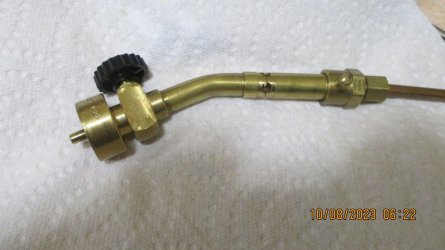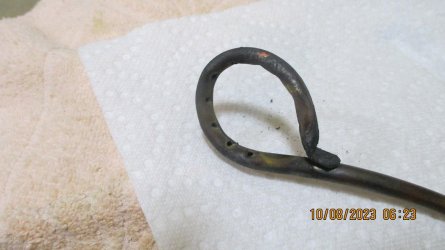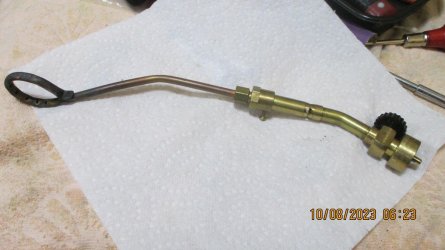From
"
The material used in this study is 70/30 brass, which is typically representative of low SFE alloys (
γsf = 7 mJ/m2). The samples were cut from a cold-rolled and annealed sheet, 3 mm thick and with an average grain size of 20 μm, and then were annealed for 2 h at a temperature of 650 °C in a 10−5 mbar vacuum, in order to obtain a structure with a mean grain size of about 100 μm. Annealed samples were deformed in pure rolling and tension, in order to study the microstructural features developed during
Shows grain size was increased from 20um to 100 um upon annealing
Then
"Annealing is generally done at a temperature above half the melting temperature of the material. For these samples of alpha brass, the melting point is about 900C and annealing was done at 500C. The annealing process actually causes new, strain-free grains to form—these grains grow and when fully grown the defective material is consumed and hardness value will decrease to the original. In slide 14, we see that a 15 minute anneal reduces the hardness while modifying the microstructure, probably producing here a mixture of new strain free grains with remnants of the old, harder grains. The microstructure change from the annealing process is shown in slide 15 for the 60% CW condition. Full annealing provides a microstructure with more equiaxed grains (less elongation) and the expected reduced HV of 91, as seen in slide 17."
and
"Rolling causes the grains to elongate and introduces defects in the grains called "dislocations" which make it more difficult for the atoms to slide over one another during deformation, thus increasing strength and hardness. Think about the work required to squeeze a piece of brass between a set of rollers reducing the original thickness of the brass piece (slide 9). Internal strain in the crystalline lattice is imparted through this work that squeezes the crystalline grains in the brass. Rolling also causes an increase in the number of grain boundaries, which also impedes atom sliding and increases strength. The "cold rolling" process is considered a strain-hardening process. This can be seen in the sequence of slides with increasing degrees of rolling, slides 11 – 13. In this case, the sample seems to have reached its maximum hardness at 40% rolling while the microstructure continues to be modified with increased rolling, as noted in slide 13."
Finally
The "spring back" situation affects neck tension.
As brass strength increases by work hardening (repetitive neck sizing), the ability of brass necks to resist deformation increases & this makes for "spring back" (brass elastic limit increased). Neck tension uniformity is then affected because the "spring back" (won't assume sized dimensions) prevents the brass cartridge necks from uniformly gripping bullets, like seen by variations in force required to seat bullets.
The Lee factory crimp die squashes brass necks within a small area near the end of neck by exceeding the elastic limit of the brass thus improving neck tension uniformity.
It don't make no difference if the hot brass necks are submerged in ice water or allowed to cool slow.
Looking and evaluating brass grain size may be done using an electron microscope, cost just under $300,000. Would Midway consider adding this to their inventory?



